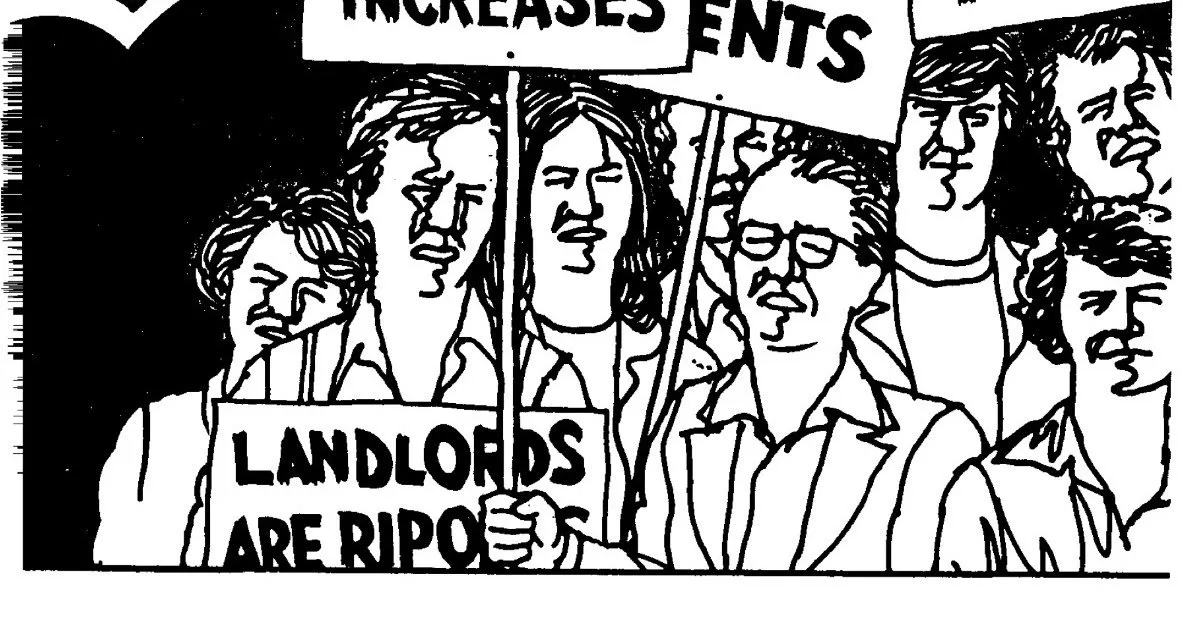
People can come up with multiple theories and discuss which of them are true. When it comes to economics, welfare and rents there are many theories. But there can be no such debate about accurately observed facts. I didn't think of making a comparison between bombed cities vs rent controlled cities even though I was very aware about the miseries caused by socialist policies. But someone made a quiz and now I'm sharing it.
Another Article On The Unintended Consequences of Rent Control
According to rent control advocates, landlords aren't working for the high rents they enjoy. They are just sitting around, watching the prices increase. This view, however, ignores the information-transmitting function of prices. A building can be used for many different things. It can be used for rental housing. It can be used for condos. It can be used for office space. It can be torn down, and the land can be used to grow crops. Prices tell us the most valuable use of the building and land. Under rent control laws, the signals are distorted.
The reality of rent control is far different from what its advocates envision. A September 13, 2008, article by the Mercatus Center's Eileen Norcross in the Wall Street Journal discusses rent control in New York City, and she suggests that this is a lesson that is worth repeating. Norcross tells us about the digs occupied by New York congressman Charles Rangel. Mr. Rangel "occupies four rent-stabilized apartments in a posh New York City building." He lives in three and uses a fourth as an office. Because of rent stabilization, we cannot tell whether those apartments would be better used to house several families instead. Mr. Rangel is able to use valuable resources, at below-market prices, to the detriment of would-be New York City residents.
Norcross reports that there are 43,317 apartments in New York City controlled by 1947 rent control laws and 1,043,677 "rent-stabilized" units; in total, she tells us that this is about 70 percent of New York City's housing stock. Originally, rent control was a temporary program aimed at helping people find places to live in New York City without paying exorbitant rents during World War II. Now, over sixty years after the war has ended, rent control still dominates the market.
Source of shared Link

